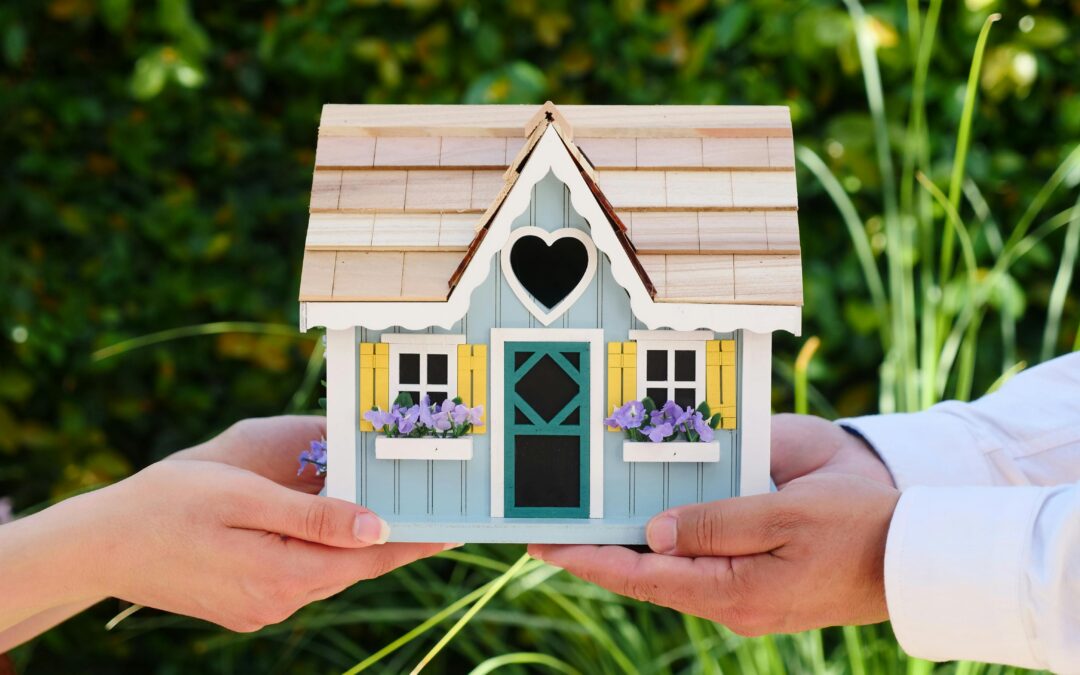Creating a budget for your dream home is an essential step to ensure your project stays on track and avoids unexpected financial pitfalls. Building a home is an exciting journey, but it involves numerous costs, from land preparation to final finishes. Without careful planning, it’s easy to overlook expenses that can add up quickly.
One often-overlooked expense is the price for clearing land, which can vary depending on the size and condition of the lot. Incorporating all potential costs into your budget early in the process will help you manage your finances confidently and achieve your dream home without financial stress.
Start with a Detailed Plan
Before diving into the numbers, outline a detailed plan for your home. A clear vision of your project will guide every financial decision you make.
Define Your Needs and Wants
Separate your must-haves from your nice-to-haves. Essential features like the number of bedrooms and bathrooms should take priority, while luxury items like a home theater or pool can be added later if the budget allows.
Work with Professionals
Consult with architects, builders, and designers to understand the scope of your project. These professionals can provide realistic cost estimates based on your plans, helping you avoid underestimating expenses.
Research the Cost of Land Preparation
If you’re building on a new lot, consider factors like grading, utility connections, and tree removal. The price for clearing land, for instance, can vary widely depending on factors such as the terrain, soil type, and the number of trees or debris that need removal. Get a detailed quote from a contractor to include this cost in your budget.
Break Down Your Budget
Dividing your budget into categories ensures no expense is overlooked. Here are the main components to include:
Land and Site Preparation
- Land purchase: Factor in the cost of the lot itself.
- Site preparation: Include costs for clearing, grading, and preparing the land for construction.
- Permits and inspections: Budget for necessary permits and inspections required by local authorities.
Construction Costs
- Foundation and structure: This includes excavation, the foundation, and the framing of your home.
- Plumbing, electrical, and HVAC: Essential systems like water, electricity, and heating/cooling should be accurately estimated.
- Roofing and exterior: Include costs for roofing materials, siding, and exterior finishes.
Interior Finishes
- Flooring and cabinetry: These costs can vary significantly based on materials and design preferences.
- Appliances and fixtures: Budget for kitchen and bathroom appliances, as well as light fixtures and faucets.
- Painting and decorating: Don’t forget the costs for painting, wallpaper, and other interior decor elements.
Landscaping
Once construction is complete, you’ll need to budget for landscaping, driveways, and any outdoor features like patios or decks.
Contingency Fund
Set aside 10-20% of your total budget as a contingency fund to cover unexpected costs, such as material price increases or design changes during construction.
Research Financing Options
Understanding your financing options is critical to creating a feasible budget.
Home Loans and Construction Loans
Explore different types of loans, such as fixed-rate or variable-rate mortgages, and construction loans that disburse funds in stages as your home is built.
Savings and Down Payments
Determine how much of the project you can fund from savings and how much you’ll need to borrow. A larger down payment can reduce loan interest and monthly payments.
Government Incentives
Research whether you’re eligible for any government grants or incentives, such as first-home buyer schemes, that can offset some of your costs.
Avoid Common Budgeting Pitfalls
Being proactive can help you avoid unexpected expenses that derail your budget.
Underestimating Costs
Many homeowners underestimate the costs of materials, labor, and permits. Get multiple quotes from contractors and suppliers to ensure your estimates are accurate.
Forgetting Hidden Costs
Don’t overlook expenses like temporary housing during construction, utility connection fees, and moving costs. Including these in your budget prevents unpleasant surprises.
Overextending Your Budget
Stick to your financial plan and avoid overcommitting to luxury features. If you decide to upgrade materials or add features, ensure they fit within your contingency fund.
Monitor Spending Throughout the Project
Creating a budget is only the first step; tracking your expenses is just as important.
Use Budgeting Tools
Spreadsheets or home-building apps can help you monitor costs in real time. These tools allow you to compare actual spending to your budget and make adjustments as needed.
Communicate with Your Builder
Maintain open communication with your builder or contractor. Request regular updates and keep track of any changes to the project scope that could affect costs.
Reassess Priorities
If costs begin to exceed your budget, revisit your list of must-haves and nice-to-haves. Cutting back on less critical features can help keep your project on track.
Build with Confidence
Building your dream home is a significant financial and emotional investment. By planning thoroughly and accounting for all potential costs, including the price for clearing land, you can create a realistic budget that minimizes surprises. Collaborate closely with professionals, stay informed, and remain flexible to ensure your project is both successful and enjoyable.
With careful preparation and attention to detail, you’ll turn your dream home into a reality without unnecessary financial stress.

Recent Comments